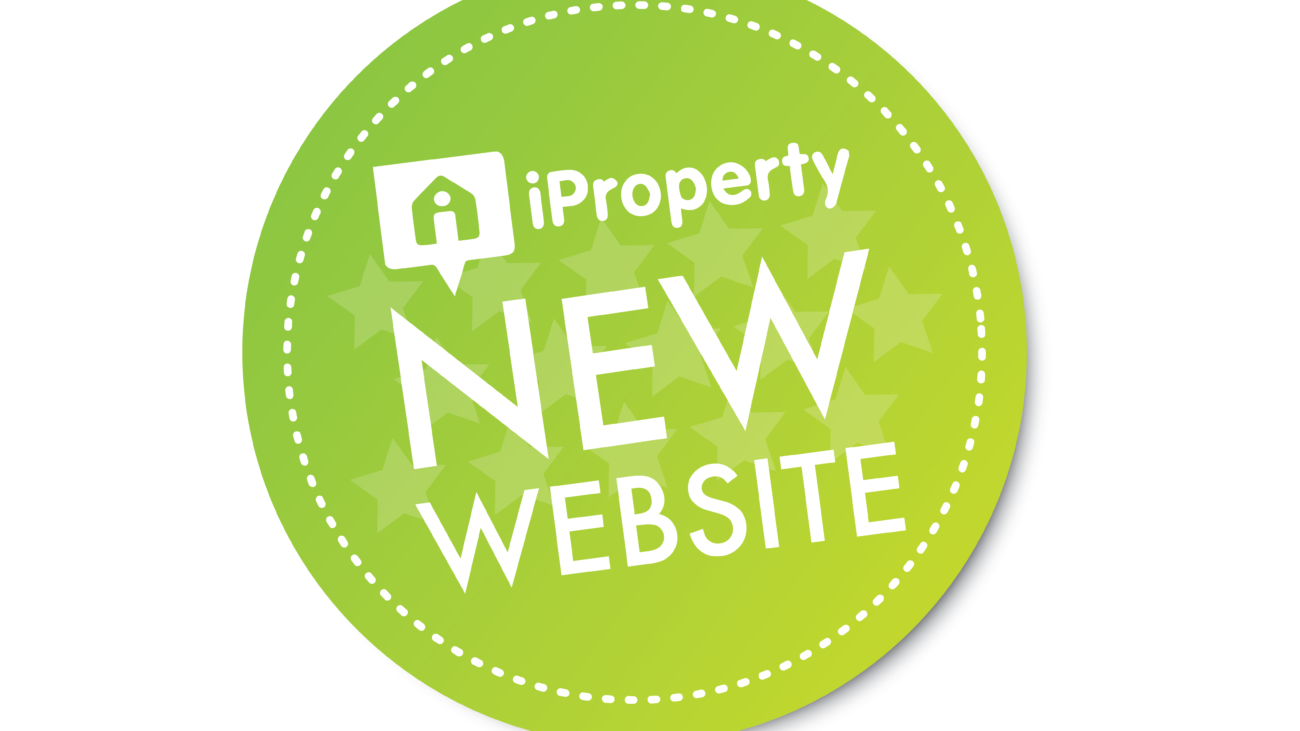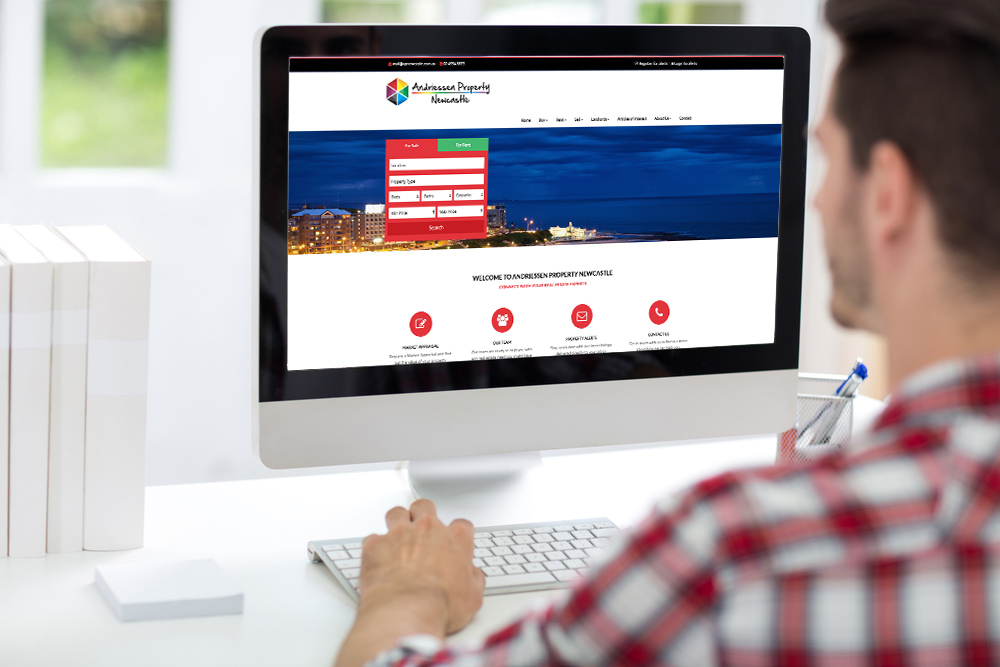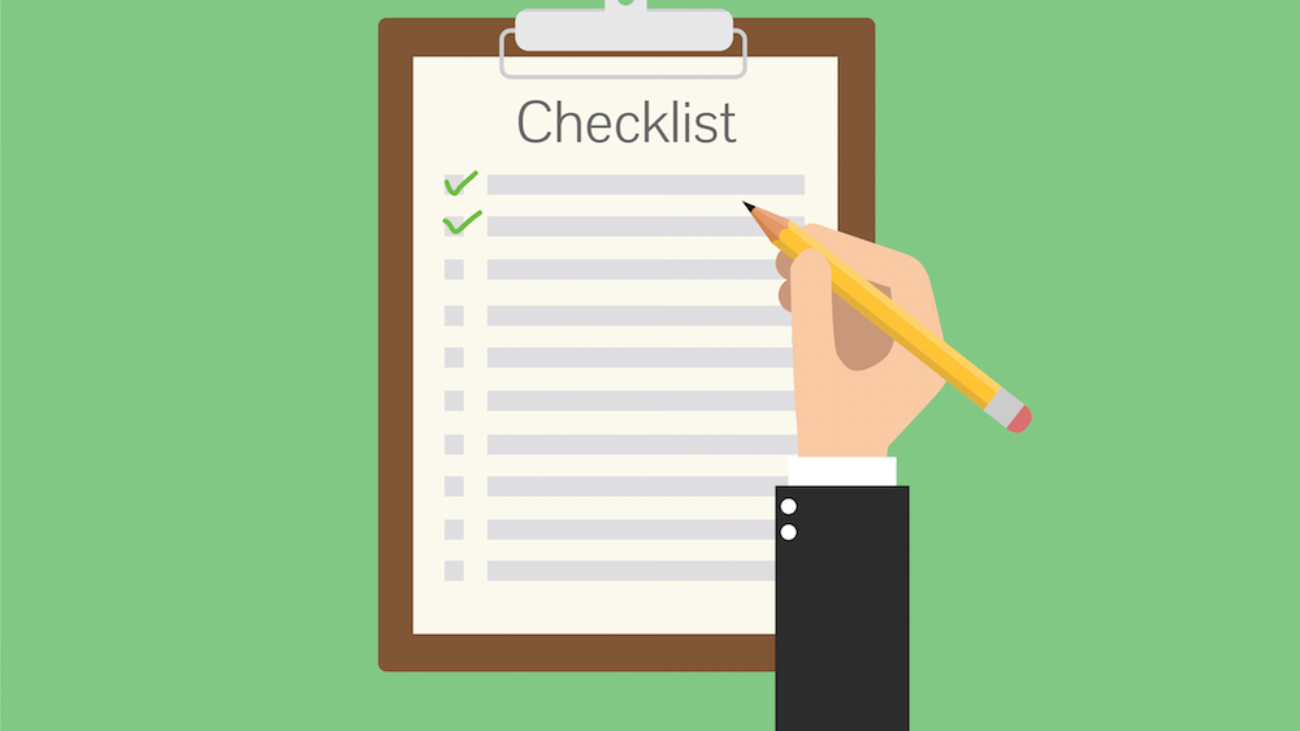 Online video continues to explode and increase in popularity. While many have used video to gain followers and eventually leads, and have seen their videos gain a larger reach than ever imagined, many struggle with gaining traction.
Online video continues to explode and increase in popularity. While many have used video to gain followers and eventually leads, and have seen their videos gain a larger reach than ever imagined, many struggle with gaining traction.
For real estate agents and companies looking to use video content to expand their brand messaging and service offering, here’s what you need to know to create an effective video that connects with your audience.
Focus on the content, not the special effects
While you need to have a high-quality video that looks professional, providing authentic, valuable content is still more important. Your natural inclination is likely to think you need a professionally produced video, but internet viewers expect rawer communication and content. You can still hire a professional videographer for a very reasonable price, but you don’t have to spend a significant amount on tons of bells and whistles.
Define your goals
You cannot create an effective video unless you first define what making an effective video is to you. Define your goals. Do you want to increase your page views? Do you want to boost your email subscribers or increase leads? Maybe your goals are of a more intrinsic nature. Perhaps, you want to increase the chatter about your brand or establish your company as industry experts. Before you begin designing what your message is and how you’re going to promote it using video, first define your key performance indicators.
Plan, Plan, Plan Ahead
Before you film, create a transcript. Select one to three really important points you want your audience to take away from your message. Also, choose a concept. Do you want a behind-the-scenes feel, a news brief, skit, or another concept to present those message points?
Create a 10-second or less elevator pitch to begin your video. Remember, this is your first impression and you don’t have a lot of time to make it a good one before people are tempted to stop watching.
Revisit your top points throughout the video and expand on them. Your video should be two to three minutes in length max. Close your video by reiterating your take away and giving a call to action (i.e. visit our website, like us on Facebook, etc.).
Before you film your video, have others objectively review your transcript and video plan to ensure your message resonates. Once you’ve filmed it, have one or two others review it again to ensure that your message is clear, that it resonates on film, and that the video is visually appealing.
Market and Promote
Thousands and thousands of videos are competing for attention online every single day, so the way you market and promote your video has to be very strategic. You can create a branded series of videos in order to create more engagement. What story can you tell by posting multiple parts of your video over the course of several weeks? Time your videos to lead up to a big product launch or new service offering.
Reach out to influencers within your industry and ask them to share it and promote it to their audience. Create blog posts, press releases, and social media mentions around it. Mention it in your newsletter to your subscribers. Another great way to connect with your audience is to put them behind the camera. Not only does featuring a real-life customer help you connect to your viewers, but your customer will likely share the video with everyone he knows, because he’s in it.
Don’t Take a Shotgun Approach
Don’t just blast your video on YouTube and other mass video distribution channels. You want people to come to your website, so you receive the traffic, but also for lead generation. Once they’re on your site, they can explore further.
While you’ll eventually put your video on other distribution channels, it’s important to train viewers to come to your website for quality video content on a regular basis. Make sure that when you do add your video to your website that it’s embeddable and easy to share via social media.
Use these basics tips to create your online video strategy. For more information on using video as an inbound marketing method, read our post, “4 Simple Steps on How to Get Started with Real Estate Video.”
For more helpful real estate tips and information like this, check out our blog. You can also follow us on Facebook.
At iProperty, we provide leading online property management and real estate software, responsive websites, and more.



 Are Bricks-and-Mortar Shops a Dying Breed?
Are Bricks-and-Mortar Shops a Dying Breed?
 When you make authentic connections within your community, it benefits you and your real estate agency. Establishing genuine relationships and
When you make authentic connections within your community, it benefits you and your real estate agency. Establishing genuine relationships and 
 Andriessen Property Newcastle was leaving an international franchise group and came to iProperty looking to provide their new company with a modern, & responsive website design, incorporating the branding and colours of their new company.
Andriessen Property Newcastle was leaving an international franchise group and came to iProperty looking to provide their new company with a modern, & responsive website design, incorporating the branding and colours of their new company.




 iProperty welcomes
iProperty welcomes 
 To Reply or Not to Reply
To Reply or Not to Reply
 If you’ve been in the real estate industry a long time, then you’re used to marketing your listings via traditional marketing channels. In fact, you probably don’t need a checklist for that anymore. You likely have the process down.
If you’ve been in the real estate industry a long time, then you’re used to marketing your listings via traditional marketing channels. In fact, you probably don’t need a checklist for that anymore. You likely have the process down.
 You’re on the top social media networks, you’ve started a real estate blog, you’ve set up a content marketing strategy, and you’re finally getting some decent traffic to your site and generating leads.
You’re on the top social media networks, you’ve started a real estate blog, you’ve set up a content marketing strategy, and you’re finally getting some decent traffic to your site and generating leads.
 New Instagram News Feed Changes
New Instagram News Feed Changes